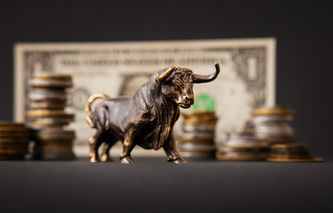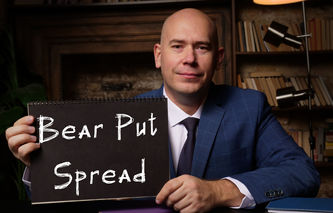Definition
The term bear call spread refers to a vertical spread consisting of two calls with the same expiration date but different strike prices. Bear call spreads can produce a near term cash inflow but carry the risk of a longer-term cash outflow.
Explanation
A bear call spread is a strategy that includes both a short call option as well as a long call option. The strategy is used when an investor would like to profit from a stock that declines or remains steady in price. Overall, while a bear call limits the investor's risk, it also limits their reward. As a reminder, a short call involves the sale of a call option, which gives the holder the right, but not an obligation, to buy the stock at the strike price. Buying a long call gives the investor the right to buy the stock at the strike price.
The maximum profit generated by this strategy is the initial net premium received by the investor. If the stock unexpectedly increases in value, the loss is limited by the long call. For example, if the stock's price remains below both the long and short call strike prices, they would expire out-of-the-money and the investor retains the premium received for the calls.
The maximum loss occurs when the stock price rises above both the short and long call's strike price at expiration. If this happens, the long call will be exercised and the investor will be obligated to purchase the stock at the higher strike price. The investor will also be assigned on the short call and obligated to sell the stock at the lower strike price. The maximum loss is calculated as the difference between the strike price of the long call and the short call strike price, less the premium received for the calls. Since the investor can select the two strike prices, they are also able to control their risk and reward. The greater the spread between the two call options, the greater the net premium and the greater the risk.
The breakeven point for a bear call spread occurs when the stock's price is above the short call strike price by the amount of the net credit received but below the strike price of the long call. When this occurs, the long call expires out-of-the-money, while the short call's value equals the net credit.



.png)
